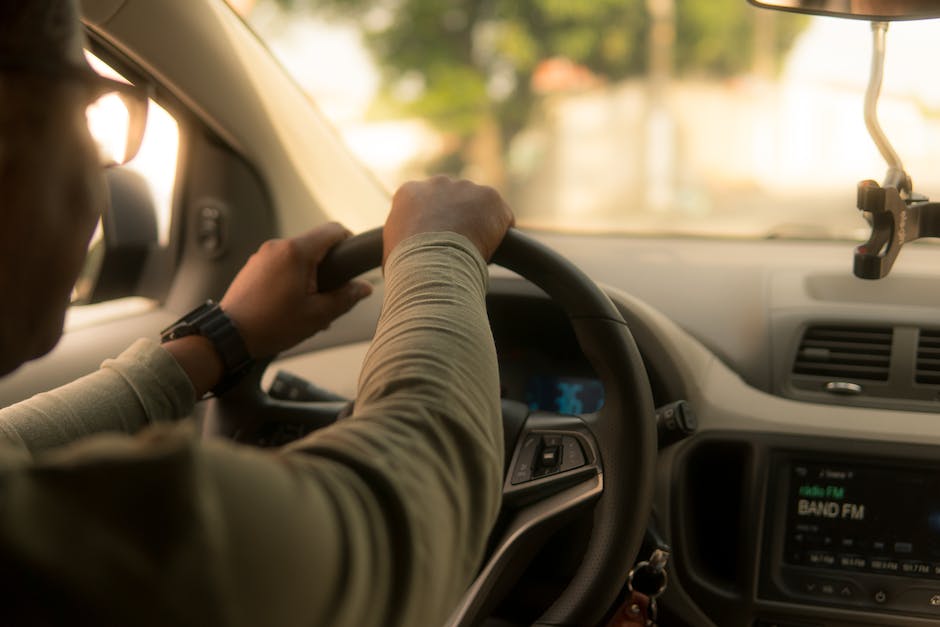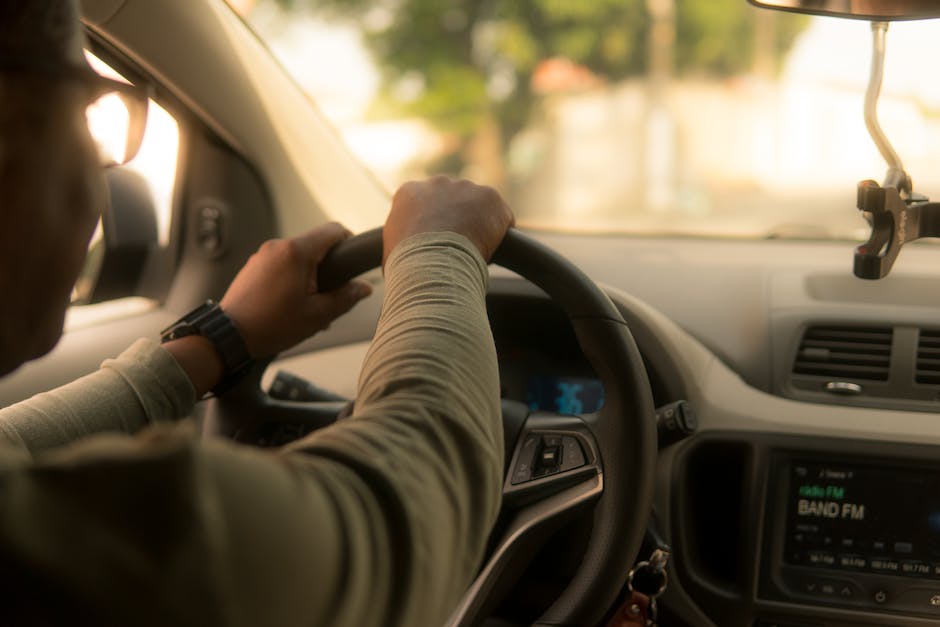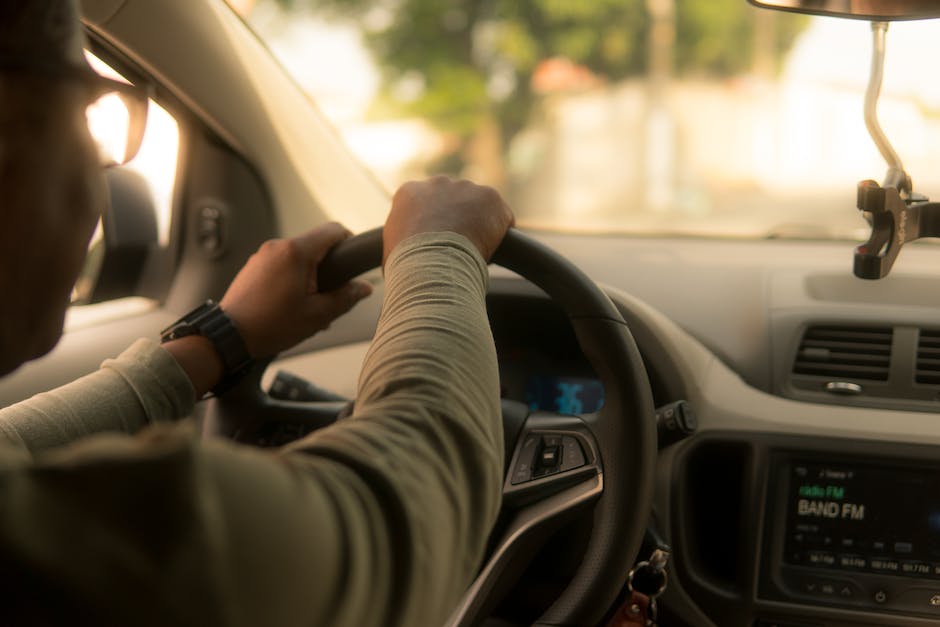The rise of ridesharing services has revolutionized the way we travel. No longer do we have to rely on taxis or public transportation to get around. Instead, we can simply pull out our phones and request a ride with just a few taps. Leading this transformation are two major players: Lyft and Uber. Each with their distinct branding and operational strategies, they've become household names in a relatively short span.
While they both aim to simplify and enhance our commuting experience, how do they compare against each other? From pricing to passenger safety, and from service quality to global reach, the debate of "Lyft vs. Uber" isn't just about choosing a ride—it's about understanding the innovations each brings to the table. Dive with us as we take a closer look at these two ride-sharing giants and evaluate which might best suit your needs.
What is Lyft?
Founded in 2012, the ride-sharing platform Lyft emerged on the scene as a refreshing alternative to traditional taxis, emphasizing community and connectivity. With its friendly branding and distinct pink mustache emblem, Lyft quickly became a popular choice for many seeking a more personal touch to their rides. Over the years, it has evolved beyond just a peer-to-peer service. Today, not only does it serve hundreds of cities across the U.S., but it has also made its mark internationally.
Beyond standard rides, Lyft offers multiple services tailored to different needs, such as Lyft Line for shared journeys, Lyft Lux for a more luxurious experience, and even Lyft Bikes and Scooters in certain regions. Their commitment to sustainability and community-oriented initiatives, like providing rides to underserved areas, further sets them apart in the ride-sharing industry.
What is Uber?
Since its inception in 2009, the transportation company Uber has transformed urban mobility on a global scale. Starting as a premium service in San Francisco, Uber's vision was to make city transportation as reliable as running water for everyone, everywhere. Fast forward to today, and it's evident they've made significant strides in realizing that vision. Operating in numerous countries and cities, Uber provides a broad spectrum of services ranging from the budget-friendly UberX to the posh Uber Black. But it's not just about cars anymore.
Uber's ambitions have seen it diversify into other areas like freight, air transport with Uber Elevate, and, notably, the food delivery service, Uber Eats. As a testament to their pervasive influence, the term "Uberization" has even entered the lexicon, symbolizing the disruption and innovation the company brought to traditional industries.
Overview of Lyft vs. Uber
At first glance, Lyft and Uber may seem nearly identical—both offer app-based transportation services, both have a wide range of ride options, and both have expanded beyond just car rides. However, delve deeper, and the nuances begin to surface.
Lyft, with its friendly, community-driven branding, initially carved out a niche for itself by focusing on fostering connections, both between riders and drivers, and within communities. Its mission revolves around reducing individual car ownership and creating a more sustainable future.
Uber, on the other hand, presents itself as a comprehensive solution to urban mobility. With a broader global reach, Uber has set its sights on a multitude of transport areas. It's not just about getting you from point A to B in a car; it's about revolutionizing the way goods and people move around cities.
The fierce competition between the two has had palpable benefits for consumers. From fare reductions and loyalty programs to improved safety measures and innovative ride options, Lyft and Uber are in a relentless race to outdo one another.
Price Comparison
Navigating the world of ride-sharing costs can be tricky, as prices fluctuate due to a myriad of factors. However, a closer look at Lyft and Uber's pricing mechanisms can provide clearer insights for riders looking to optimize their spending.
Cost for Basic Ride Options
UberX and the standard Lyft ride serve as the foundation of both companies' offerings. The fares for these rides are primarily driven by the duration, distance, and prevailing demand. Although both platforms use similar calculations, periodic promotions or discounts can occasionally tilt the balance in one's favor.
Cost for Shared Rides
For riders keen on economy and sustainability, shared options like UberPool and Lyft Line offer the chance to split the ride and its cost with fellow commuters. This typically means reduced fares, but possibly with added minutes to the journey due to multiple stops. In some locations, Lyft goes a step further by providing fixed prices for frequently traveled routes.
Cost for Private Rides (XL, Lux)
When luxury or additional space is the need of the hour, Lyft Lux, Uber Black, and Uber XL stand out. These are upscale options tailored for a more distinguished experience, usually in high-end vehicles. While both brands charge premium rates for these services, Uber's offerings, given its origins as a luxury service, might occasionally come with a heftier price tag.
Surge Pricing
Anyone who's tried booking a ride during a major event or unexpected rain has likely encountered surge pricing. This mechanism, present in both Uber and Lyft, temporarily hikes up fares in response to heightened demand, encouraging more drivers to get on the road. Though both employ surge pricing, there have been instances where Uber's rates surged more dramatically. However, these occurrences are influenced by a mix of factors, from local events to specific company strategies.
Time of Day Rates
Daily commuting patterns, like the morning rush to work or the evening return, can also play a role in fare adjustments. Both Lyft and Uber may introduce slight fare increases during these peak hours, capitalizing on the higher demand. Riders aiming for cost savings might consider traveling during off-peak hours.
Ride Quality Comparison
Riders are increasingly discerning about what they expect from a ride-sharing service. While pricing is one major aspect, the overall quality of the ride is equally, if not more, influential in shaping user preference and loyalty. How do Lyft and Uber fare in this respect?
Vehicle Quality and Availability
Lyft and Uber have stringent guidelines for vehicles to ensure they meet specific safety and comfort standards. From age restrictions to periodic inspections, these criteria ensure passengers experience a certain consistency in ride quality. However, availability can be a differentiating factor, especially in suburban or rural areas. While both services excel in urban environments with shorter wait times, users might face longer waits or fewer high-end vehicle options in less populated areas.
Driver Ratings and Reviews
Feedback mechanisms are central to both Lyft's and Uber's models. After each ride, users are prompted to rate their driver and provide feedback. These ratings not only serve as a yardstick for other users but also help the platforms ensure a standard of service by taking appropriate actions based on consistent low ratings. Furthermore, while both platforms offer training and resources for their drivers, individual experiences can vary. A driver's mood, familiarity with the area, or even their previous experiences on that particular day can shape a passenger's perception of the ride.
Safety Features Comparison
In the rapidly evolving world of ride-sharing, ensuring passenger and driver safety has become a cornerstone of both brand reputation and user trust. As such, companies like Lyft and Uber are continually refining and bolstering their safety features.
Driver Screening Processes
Lyft and Uber don’t just accept any driver who wishes to join their platform. They undergo an intensive background check. This involves not only checking for any potential criminal history but also verifying the authenticity of their driving licenses and ensuring they have a clean driving record. Periodic re-checks are also conducted to ensure continued compliance. While both companies employ similar initial screenings, the frequency and depth of subsequent reviews might vary, though the aim remains consistent: to ensure only qualified and trustworthy individuals are at the wheel.
GPS Tracking and Ride Monitoring
Real-time GPS tracking is foundational to the operations of both Lyft and Uber. This feature not only provides an ETA to waiting riders but ensures that the route taken is monitored continuously for deviations. In cases of emergencies or unexpected delays, the exact location of the vehicle can be pinpointed immediately. Building on this, both companies have introduced features like "RideCheck" in Uber and "Smart Trip Check-in" in Lyft, which use the real-time data to detect potential issues and proactively check on the rider's and driver's well-being.
Furthermore, the option to share ride details, including route and estimated arrival time, with friends or family adds an extra layer of security. This transparency ensures that in the unlikely event something goes awry, there are immediate points of reference and contact.
Moreover, these platforms are consistently working on innovations, partnerships with safety organizations, and user feedback integrations to further enhance the safety aspect of their services.
Lyft vs. Uber: Which Is the Best Pick for Consumers?
So which is better, Lyft vs. Uber? The answer often boils down to personal preference, specific needs, and location-based availability. Both have their merits, and the competition only drives them to improve continually. Evaluate based on your priorities, whether it's cost, comfort, safety, or availability, and choose what's best for you.
Think you've been overcharged on your Uber ride? Don't let it slide. Click here to learn the step-by-step process to dispute an Uber charge confidently!







